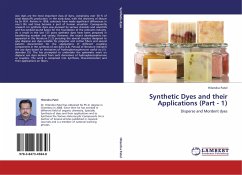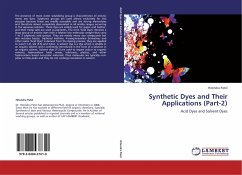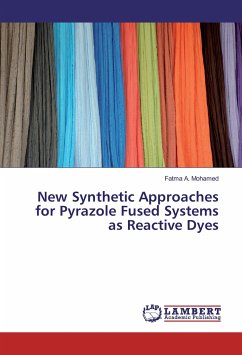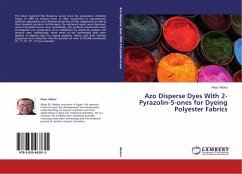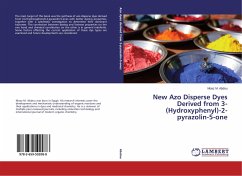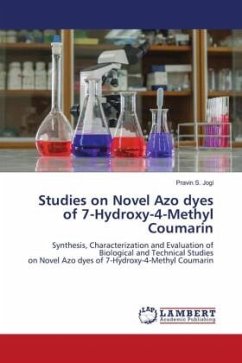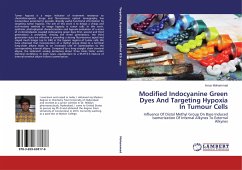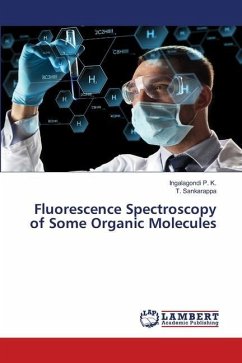Azo dyes are the most important class of dyes, comprising over 50 % of total dyestuff's production. In the early days, with the discovery of Mauve by Sir W.H. Perkins in 1856, colorants have made significant differences in one s life and have become a part of human sensation. Consequently research on synthetic dyes was pursued by various chemists and scientists and has evolved sound basics for the foundation of the colorants industry. As a result in the last 125 years synthetic dyes have been prepared in bewildering number and variety. However, the recent developments has appeared in the literature [1,2] pursuing the several couplers designed to give disperse azo dyes suitable for polyester and cotton fibers and several patents documented for the applications of different coupling components in the synthesis of azo dyes [3,4]. Perusal of literature indicates the azo dyes based on derivatives of hydroxybenzophenone useful as U.V. absorber [5]. This has prompted to undertake the systematic work on disperse azo dyes derived from such derivatives of hydroxybenzophenone as couplers. The work is comprised into Synthesis, Characterization and their applications on fibers.
Bitte wählen Sie Ihr Anliegen aus.
Rechnungen
Retourenschein anfordern
Bestellstatus
Storno

